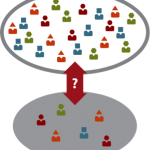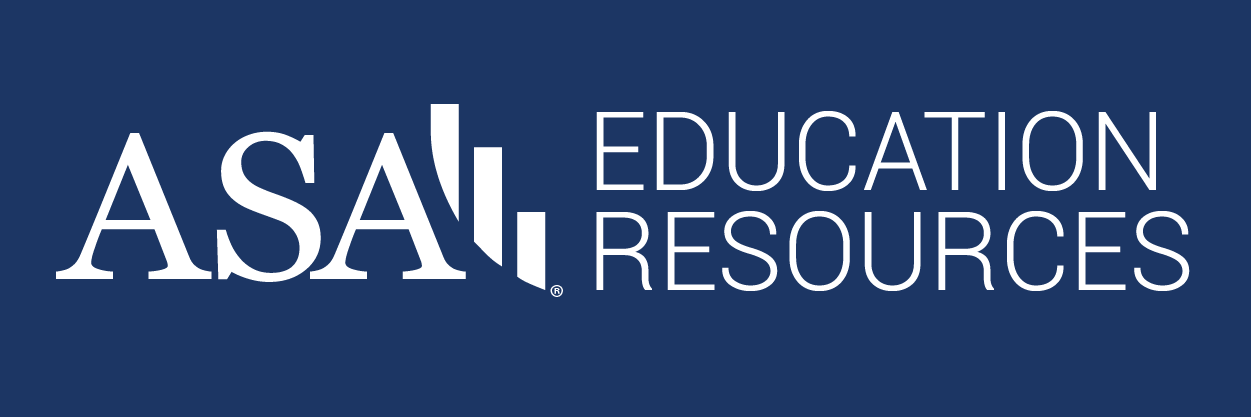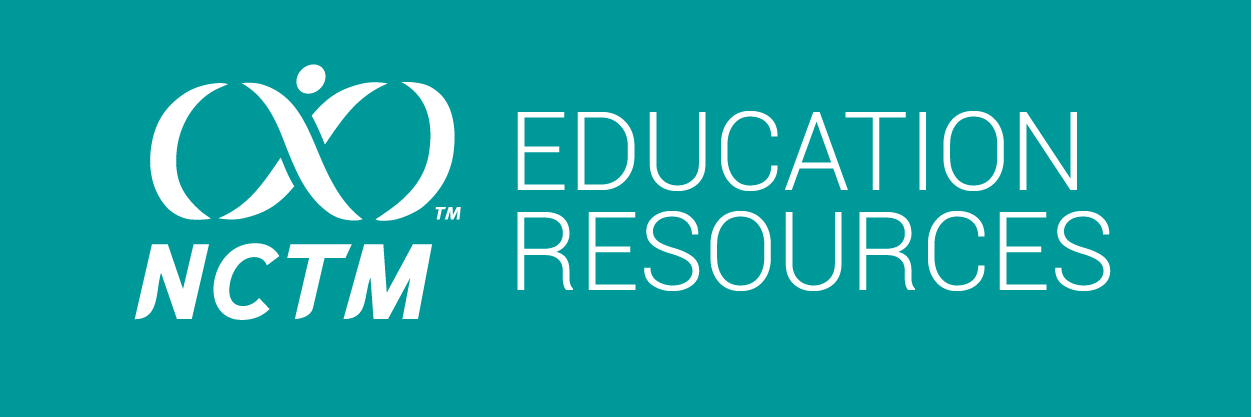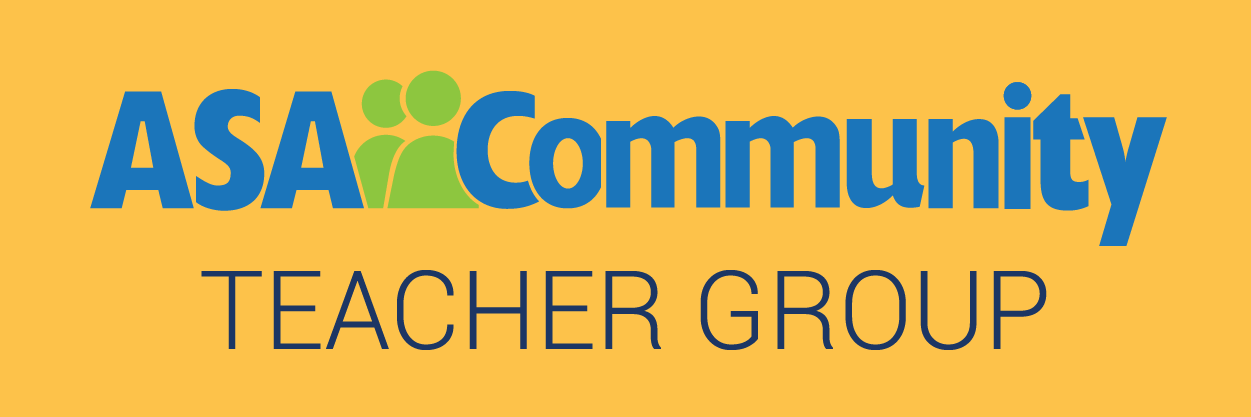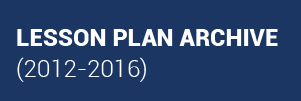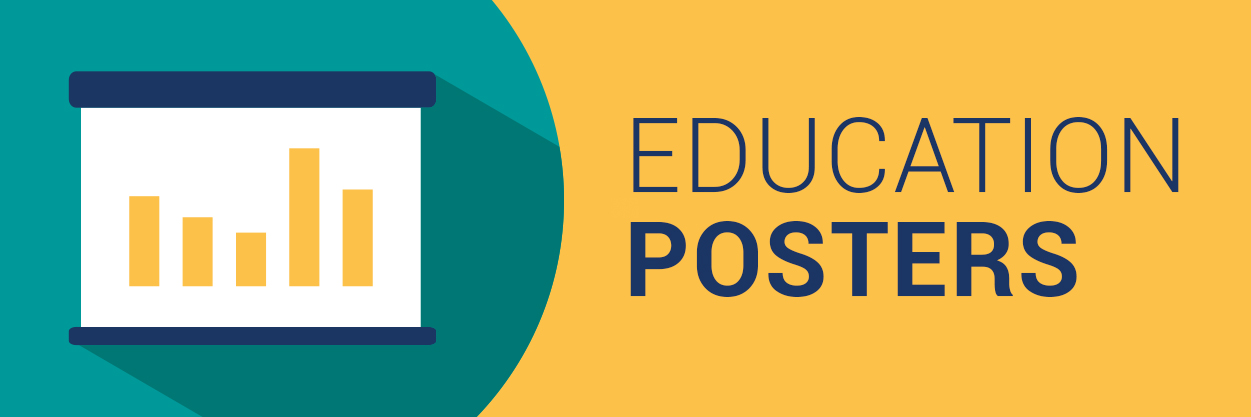Announcements: Fall
Upcoming Deadlines
Teaching Statistics Through Data Investigations
Starts September 11, 2017
Join lead designer and instructor, Hollylynne Lee, in flexible and free online professional development courses from our Teaching Statistics series.
To help ensure students are ready to use data for making informed decisions, many countries have increased the emphasis on statistics and data analysis in school curriculum–from elementary/primary grades through college. This course allows you to learn an investigation cycle to teach statistics, as well as help students explore data to make evidence-based claims.
Visit the website to learn more and register.
NEW! Teaching Statistics Through Inferential Reasoning
Starts October 2, 2017
To prepare the next generation of data-active citizens, we need to engage learners of all ages in investigations focused on making inferences and claims supported by samples of data. This course can assist you in developing instructional strategies to emphasize inferential reasoning through posing different inferential questions.
We strongly recommend you either take the Teaching Statistics through Data Investigations MOOC-Ed or complete the orientation unit before this course starts.
Visit the website to learn more and register.
New Grants from the Mathematics Education Trust
Deadlines in November of 2017
The Mathematics Education Trust (MET) announced three new grant opportunities:
- Designing Innovative Lessons and Activities for Mathematics Teaching (K-8)
- Teacher-Leader Professional Learning (Pre-K-12)
- Fostering Support of Mathematics Learning in Multilingual Classrooms (Pre-K-12)
MET has also expanded the scope of two existing programs to allow for increased participation. Look for the two blue “Updated!” buttons on its full slate of opportunities.
Albert Einstein Distinguished Educator Fellowship Program
Applications are due November 17, 2017
The Albert Einstein Distinguished Educator Fellowship Program is accepting applications for the 2018–2019 fellowship. Information about eligibility, program benefits, application requirements, and access to the online application system can be found on the fellowship website.
ASA Announces COMAP’s Mathematical Contest in Modeling and Interdisciplinary Contest in Modeling (MCM/ICM)
February 8-12, 2018
The MCM, now in its 34th year, is a unique international contest for high-school students and college undergraduates. The ASA is lending its support this year. See the MCM website for registration and details.
2018 Poster and Project Competitions
Posters: April 1; Projects: June 1
Introduce your K–12 students to statistics through the annual poster and project competitions directed by the ASA/NCTM Joint Committee on Curriculum in Statistics and Probability. Posters (grades K–12) are due every year on April 1. Projects (grades 7–12) are due June 1.
Washington Statistical Society Curtis Jacobs Memorial Award for Outstanding Statistics Projects (DC Metro Students)
May of 2018
Created to honor the memory of Curtis Jacobs, a former Bureau of Labor Statistics statistician, the award encourages DC-area middle-school and high-school students to gain an understanding of the design of statistical studies and their uses.
New Partnership
ASA Partners with New York Times Learning Network to Launch Monthly Statistics Feature
The American Statistical Association (ASA) has partnered with the New York Times Learning Network to help students better understand and think more critically about graphs: What’s Going on in this Graph? (WGOITG). A variation of their popular What’s Going on in this Picture, WGOITG will be a monthly feature starting September 19 and continuing the second Tuesday of the following months (October 10, November 14) through the end of the school year in May.
Led by Sharon Hessney, the ASA team includes Corey Andreasen, Anna Bargagliotti, Chris Franklin, Stephen Miller, and Roxy Peck. A graph from a NYT news article will be presented on those dates with live moderation from 9:00 a.m.to 2:00 p.m. around the following questions:
- What do you notice?
- What do you wonder?
- What’s going on in this graph?
On the Friday following the activity, the NYT LN will publish a follow up with details about the graph and statistical observations/lessons from Sharon and the team.
WGOITGraph? is meant to increase student’s ability to analyze statistics in context. The feature’s audience is middle and high school math, science, and humanities students and may also be of interest for introductory college students. The first graph is actually a map and is quite appropriate for biology and general science as well as history and geography classes. We will include several statistics “nuggets” that explain statistical concepts like what is a histogram or how was that scale made that way.
So, please spread the word to your colleagues. After all, all students should be curious about graphs and be able to critically think about them. Please also help us get the word out by sharing the announcement and the WGOITG dates with your networks (and on social media!) We also hope you’ll involve students with this activity and send your comments to educinfo@amstat.org!
Share Your Feedback and Ideas
Bringing Needed Coherence and Focus to High-School Mathematics and Statistics
Matt Larson, NCTM president, blogs about an initiative to grapple with the challenges of high-school mathematics, including the purpose, guiding principles, challenging policies, and consideration of alternative pathways and experiences for students. Statistics is well represented on the task force, as it should be a significant part of students’ high-school experience. A public review draft will be available this fall.
ESSA Toolkit
The ESSA Toolkit provides information about and resources for affecting your state’s Every Student Succeeds Act (ESSA) Plan. ESSA is the education law that replaced No Child Left Behind and restructured how and where federal money for education is allocated. Each state is developing a plan for spending ESSA funds. Every district, school, teacher, and student will be affected by these state plans. You can help ensure state plans adequately support teachers and the teaching of mathematics and statistics.
Submit Lesson Plans and Articles to Statistics Teacher
STatistics Education Web (STEW) and the Statistics Teacher Network are now part of the new Statistics Teacher. Please consider submitting some of your K-12 statistics lesson plans for publication or writing and sharing an article. For more information, please see the ST submission guidelines or contact the ST editors.

